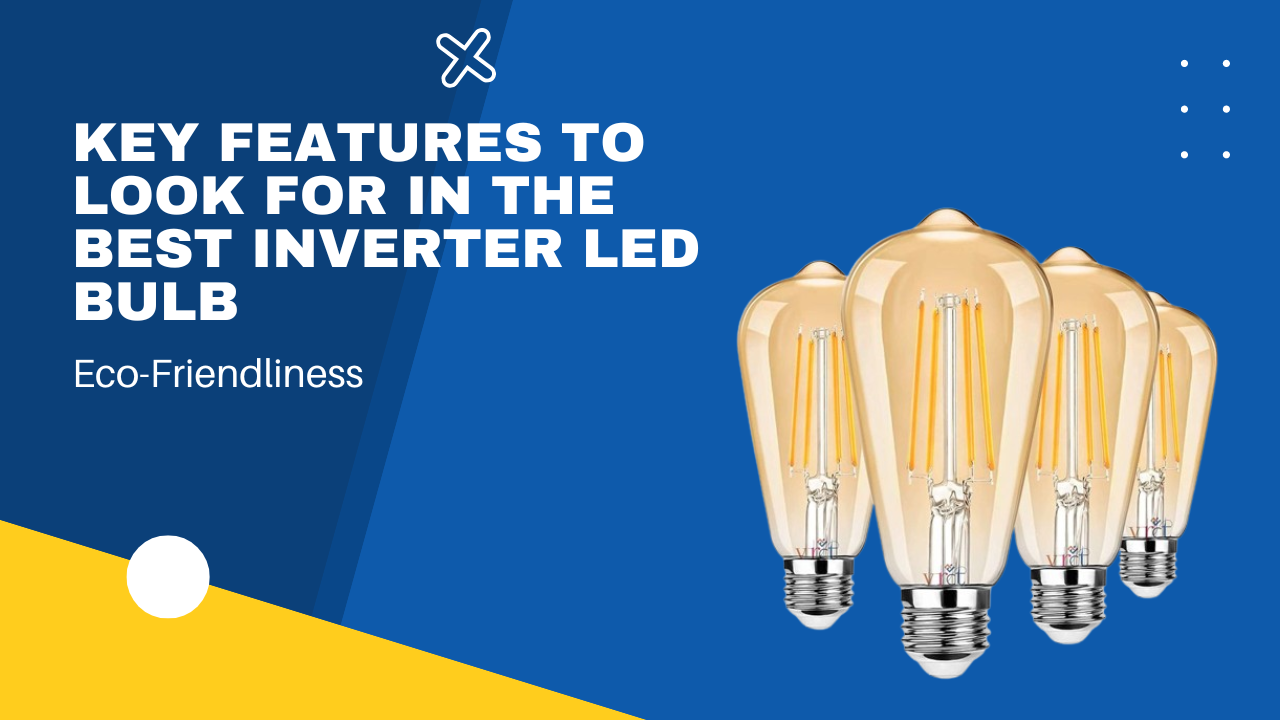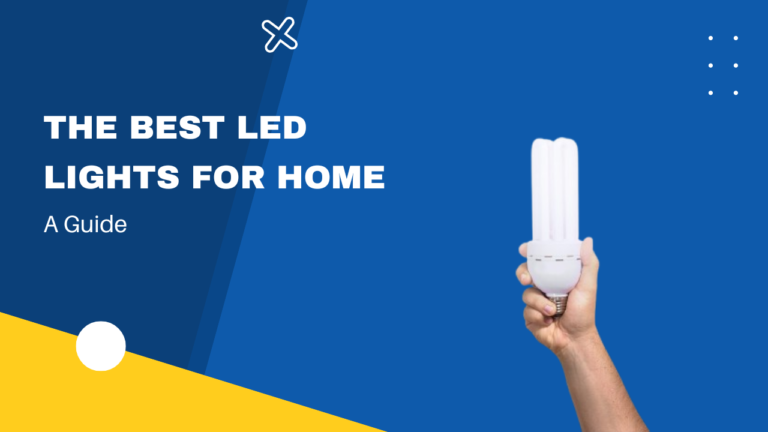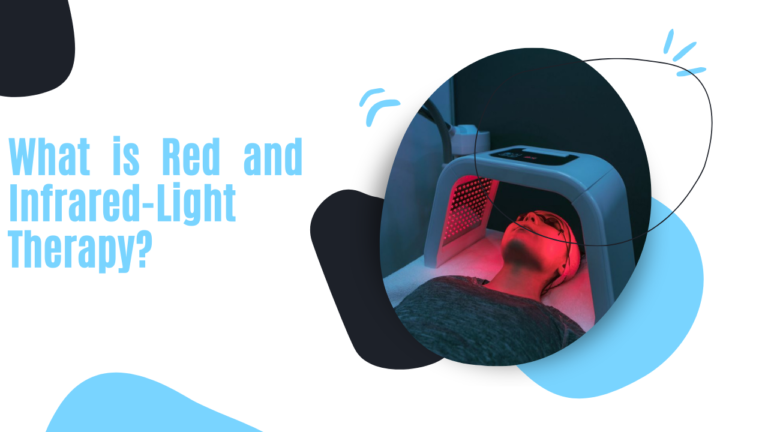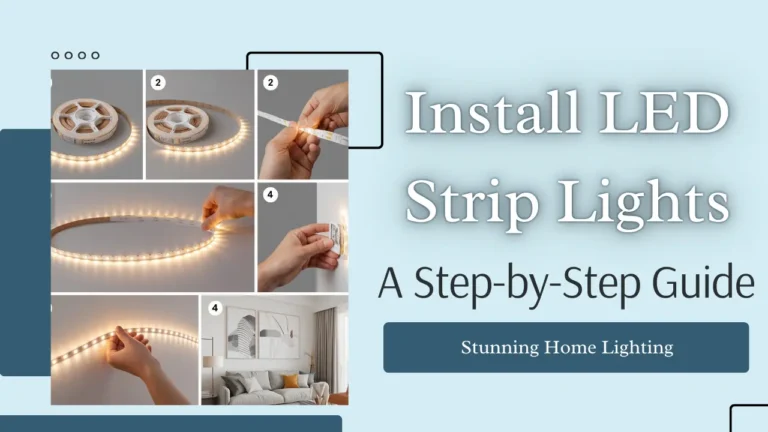How to Choose the Best Inverter LED Bulb
Inverter LED bulbs have become a popular choice for many households and businesses due to their energy efficiency and long-lasting performance. However, with so many options available, choosing the best inverter LED bulb can be challenging. This guide will walk you through the essential factors to consider to make an informed decision.
Understanding Inverter LED Bulbs
What Are Inverter LED Bulbs?
Inverter LED bulbs are designed to provide illumination even during power outages. These bulbs come with an in-built battery that charges when the power supply is available and automatically switches on during a power cut, ensuring uninterrupted light.
Why Choose Inverter LED Bulbs?
The primary advantage of inverter LED bulbs is their ability to maintain light during blackouts, making them essential for areas with unreliable power supply. Additionally, they are energy-efficient and environmentally friendly, as they consume less power and have a longer lifespan compared to traditional bulbs.
Key Features to Look for in the Best Inverter LED Bulb
Battery Capacity
Battery capacity is crucial for ensuring that your bulb provides light for an extended period during power outages. Look for bulbs with a high milliamp-hour (mAh) rating. A higher mAh rating means a longer duration of light. For instance, a bulb with a 2000mAh battery can last up to 4-6 hours on a single charge.
Brightness and Lumens
The brightness of an inverter LED bulb is measured in lumens. This metric indicates how much light the bulb emits. When choosing the best inverter LED bulb, aim for a balance between brightness and energy consumption. Typically, a bulb with 800-1000 lumens is sufficient for most household applications.
Charging Time
Charging time is another critical factor. The best inverter LED bulbs should charge quickly to ensure they are ready to use when needed. Ideally, a good bulb should fully charge within 6-8 hours. Some advanced models offer fast-charging features, reducing this time significantly.
Lifespan
Lifespan refers to how long the bulb will last before it needs replacement. The best inverter LED bulbs have a lifespan of at least 25,000 to 50,000 hours. This extended lifespan not only saves money but also reduces the frequency of bulb replacements.
Power Consumption
Inverter LED bulbs are designed to be energy-efficient. Power consumption is measured in watts, and the best inverter LED bulbs usually consume between 5-10 watts. Lower power consumption translates to reduced electricity bills and a smaller carbon footprint.
Additional Considerations for Choosing the Best Inverter LED Bulb
Compatibility with Existing Fixtures
Ensure that the inverter LED bulb is compatible with your existing light fixtures. Most bulbs come with standard bases, such as E27 or B22, but it’s essential to verify this before purchasing to avoid compatibility issues.
Color Temperature
The color temperature of a bulb affects the ambiance of your space. Measured in Kelvin (K), warmer temperatures (2700K-3000K) create a cozy atmosphere, while cooler temperatures (5000K-6500K) offer bright, daylight-like illumination. Choose a color temperature that suits your preferences and needs.
Brand Reputation
Choosing a bulb from a reputable brand can ensure quality and reliability. Established brands often offer warranties and better customer support. Research and read reviews to find brands known for producing high-quality inverter LED bulbs.
Price and Warranty
Consider the price and warranty of the bulb. While it may be tempting to go for the cheapest option, investing in a slightly more expensive bulb with a longer warranty can provide better value in the long run. Warranties typically range from 1 to 3 years.
Eco-Friendliness
Many inverter LED bulbs are designed with eco-friendliness in mind. Look for bulbs that are mercury-free and have certifications such as Energy Star. These features ensure that the bulb is safe for the environment and helps reduce your carbon footprint.
Comparing Top Inverter LED Bulbs
To help you make a more informed decision, here is a comparison table of some of the best inverter LED bulbs available in the market:
| Feature | Bulb A | Bulb B | Bulb C |
|---|---|---|---|
| Battery Capacity | 2200mAh | 2000mAh | 2500mAh |
| Brightness (Lumens) | 900 | 1000 | 850 |
| Charging Time | 6 hours | 8 hours | 5 hours |
| Lifespan | 30,000 hours | 25,000 hours | 50,000 hours |
| Power Consumption | 8 watts | 7 watts | 6 watts |
| Color Temperature | 3000K | 4000K | 5000K |
| Warranty | 2 years | 1 year | 3 years |
| Price | $15 | $12 | $20 |
Tips for Maintaining Your Inverter LED Bulb
Regular Charging
To ensure your inverter LED bulb is always ready during a power cut, charge it regularly. Even if there are no power outages, keep the bulb plugged in to maintain the battery’s health.
Avoid Overcharging
While regular charging is important, overcharging can damage the battery and reduce its lifespan. Most modern inverter LED bulbs come with overcharge protection, but it’s still good practice to unplug the bulb once fully charged.
Clean the Bulb
Dust and dirt can reduce the efficiency of your bulb. Regularly clean the bulb with a soft cloth to ensure it provides maximum brightness. Avoid using water or harsh chemicals, as they can damage the bulb.
Monitor Performance
Keep an eye on the performance of your bulb. If you notice a significant drop in brightness or the bulb doesn’t last as long during power outages, it might be time to replace it. Regular monitoring ensures you always have reliable lighting when you need it most.
Conclusion
Choosing the best inverter LED bulb involves considering several key factors, including battery capacity, brightness, charging time, lifespan, and power consumption. Additionally, compatibility with existing fixtures, color temperature, brand reputation, price, warranty, and eco-friendliness play significant roles in making an informed decision. By evaluating these aspects and comparing top models, you can select an inverter LED bulb that meets your needs and ensures uninterrupted lighting during power outages.
For further information on the benefits of LED lighting, you can visit the Energy Star website, which provides comprehensive details on energy-efficient lighting options. Additionally, the U.S. Department of Energy offers valuable insights into LED lighting benefits and applications. For reviews and comparisons of the best inverter LED bulbs, CNET is an excellent resource.
Investing in the best inverter LED bulb not only ensures you have light during outages but also contributes to energy savings and environmental sustainability. Take your time to research and choose wisely, and you’ll enjoy the benefits of reliable, efficient lighting for years to come.







